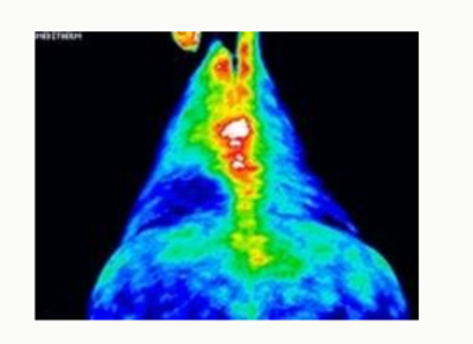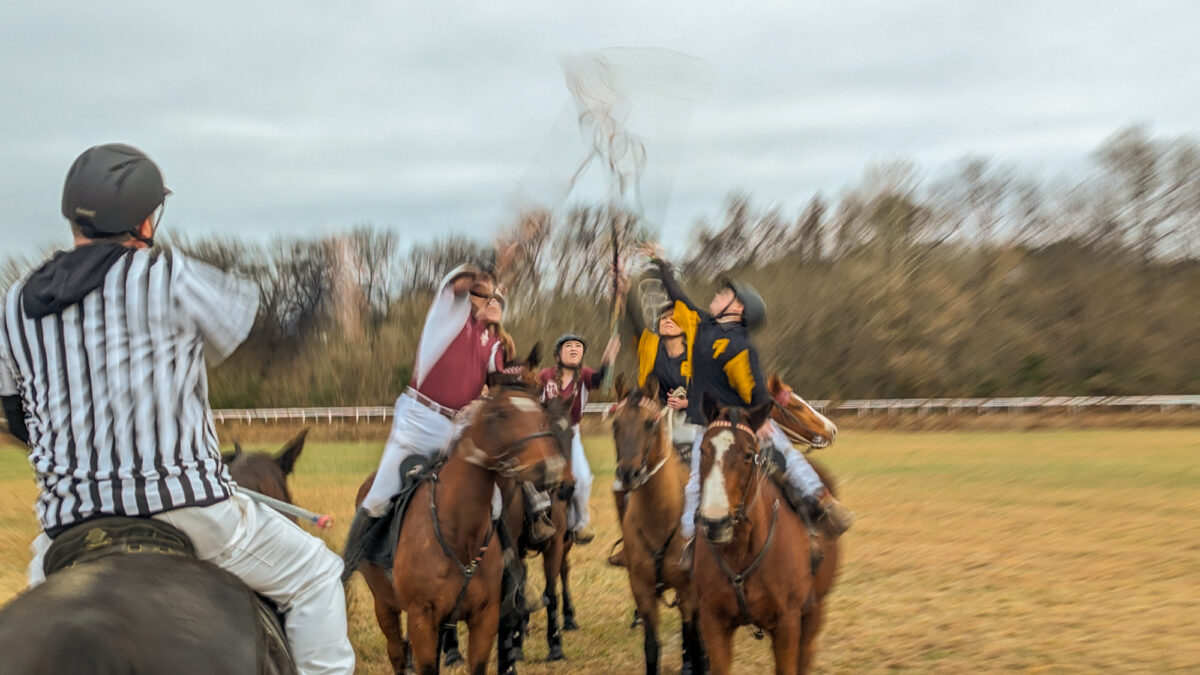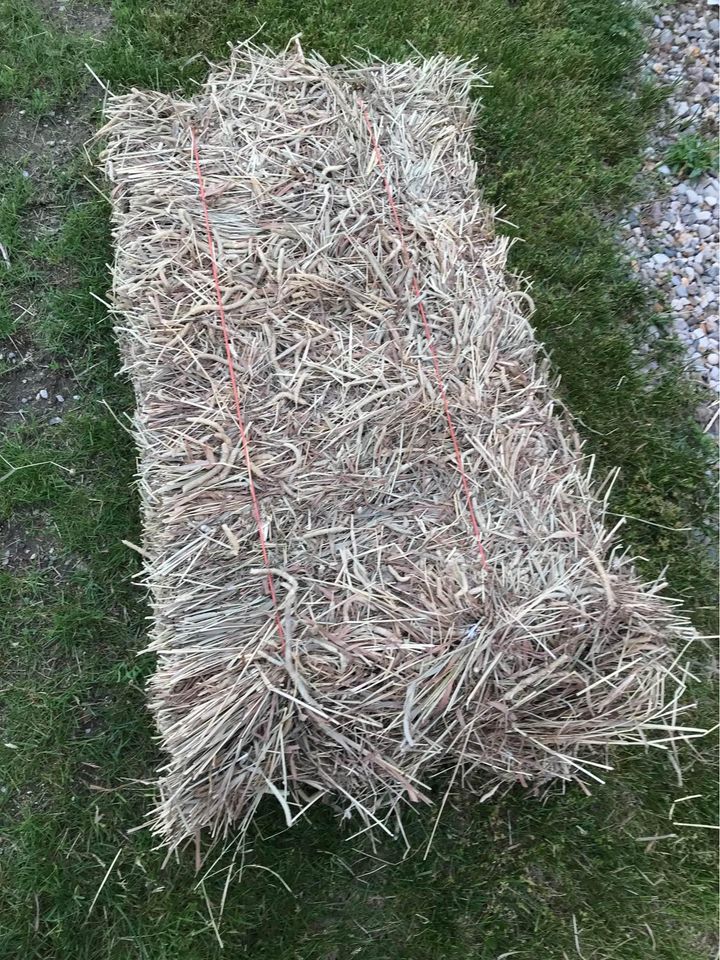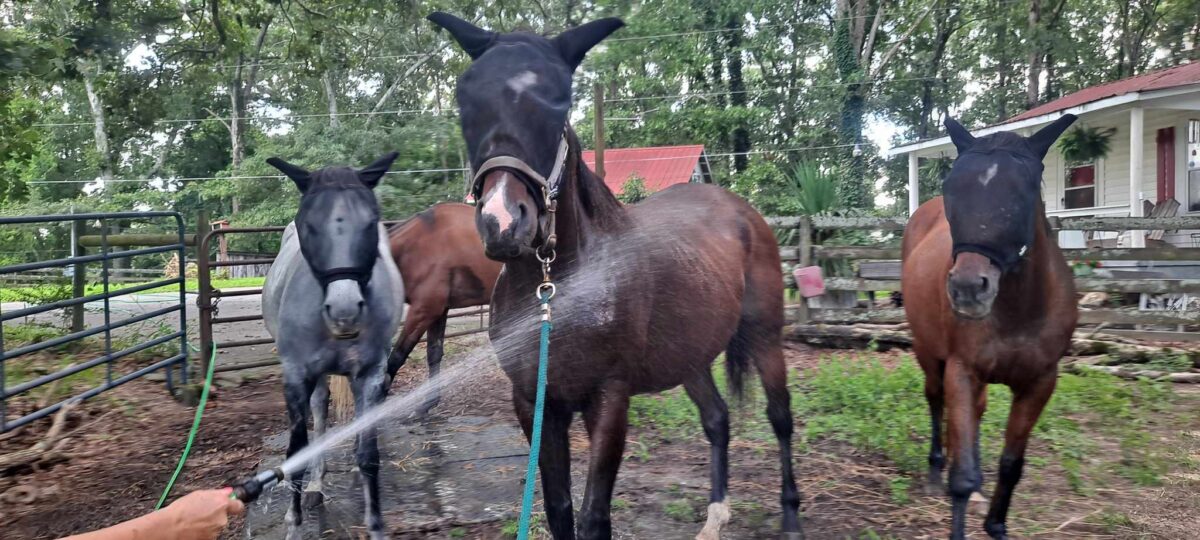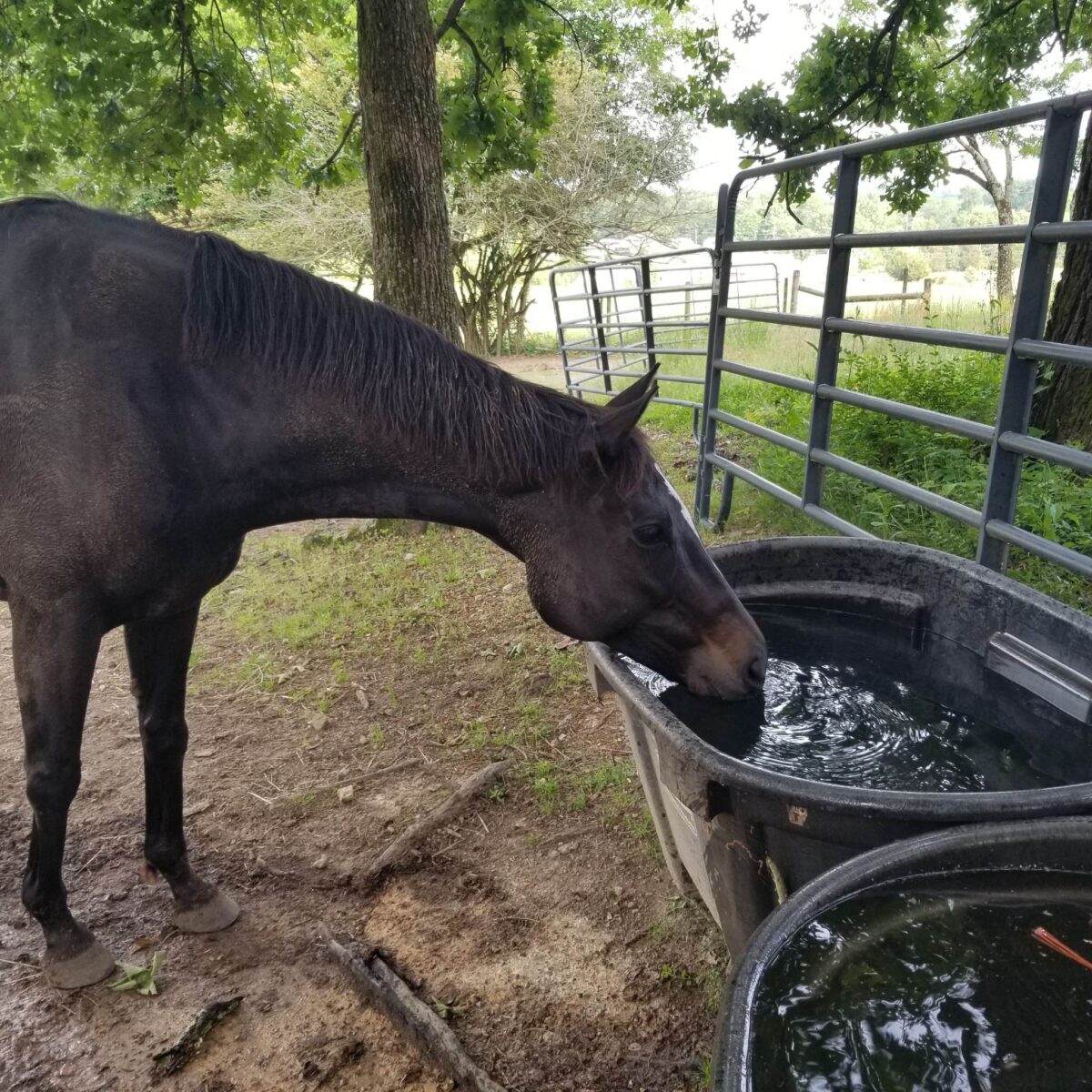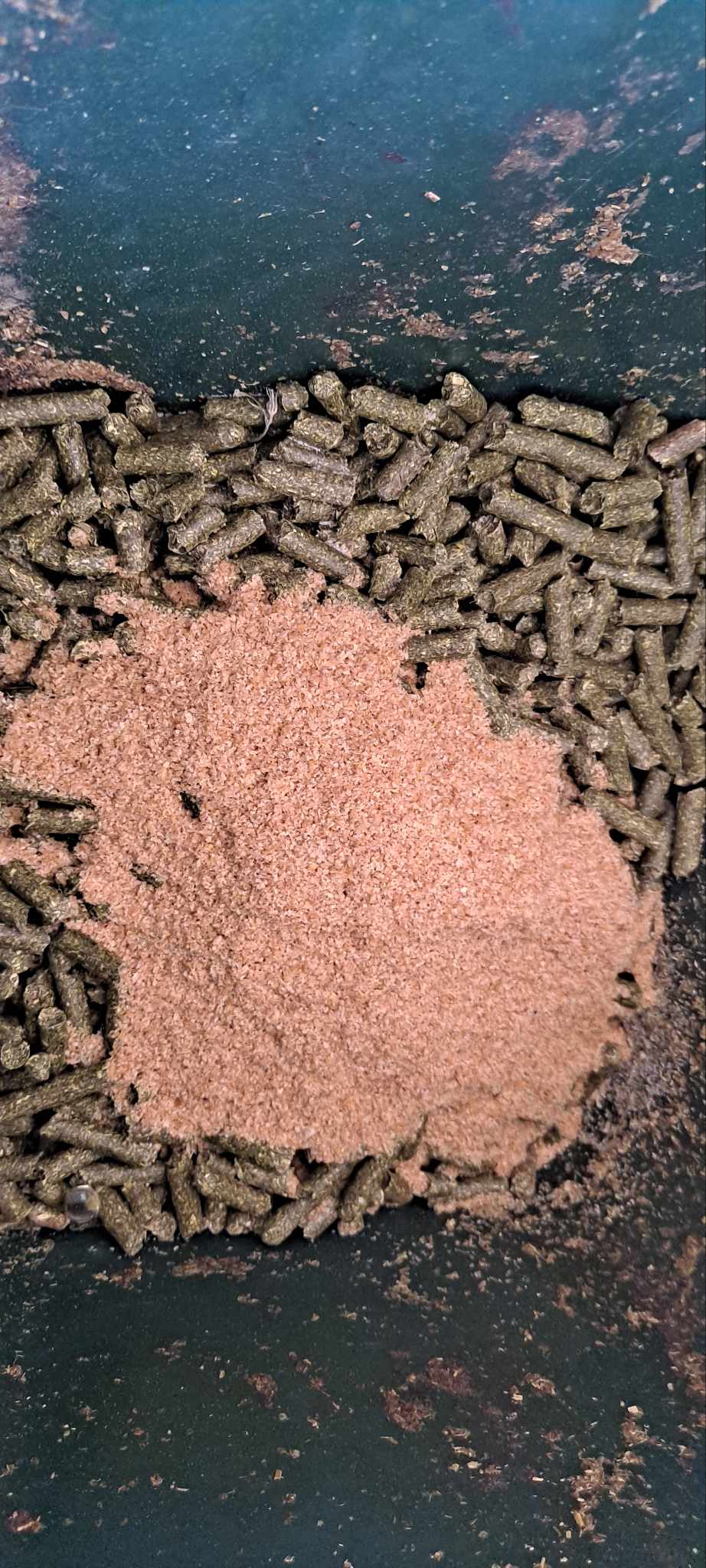Having an infrared camera can provide several benefits when working with horses. Infrared cameras, also known as thermal imaging cameras, capture thermal radiation emitted by objects, including horses, to create images based on temperature variations. Here are some advantages of using an infrared camera with horses:
- Early Detection of Injuries: Infrared cameras can reveal temperature differences on the horse’s body, which may indicate areas of inflammation or potential injuries. Early detection of injuries or developing issues can lead to timely treatment, preventing them from becoming more severe or causing long-term problems.
- Monitoring Health: By regularly using an infrared camera to assess a horse’s body temperature, you can monitor its overall health and detect changes that might indicate illness or stress. Abnormal temperature patterns could be a sign of infection, colic, or other health issues, prompting early intervention and veterinary care.
- Assessing Saddle Fit: Infrared cameras can be used to assess the fit of a saddle on a horse’s back. Hotspots or uneven temperature distribution under the saddle may indicate pressure points or discomfort caused by an ill-fitting saddle.
- Monitoring Hoof Health: Infrared cameras can help identify potential hoof problems by detecting temperature variations in the hooves. Hotspots or abnormal temperature patterns may suggest inflammation or signs of lameness that require attention.
- Identifying Stress or Anxiety: Horses can exhibit stress or anxiety due to various factors. An infrared camera can help identify physical signs of stress, such as increased body temperature or sweating, allowing caregivers to address the underlying causes and provide appropriate care.
- Evaluating Exercise and Recovery: During and after exercise, infrared cameras can help assess how efficiently a horse dissipates heat and recovers from physical activity. Monitoring temperature changes can inform training strategies and ensure the horse’s well-being.
- Assessing Environmental Conditions: Infrared cameras can help evaluate the temperature and comfort level of the horse’s living environment, such as barns or trailers. This can be especially useful during extreme weather conditions to ensure the horse’s comfort and well-being.
It’s essential to note that while infrared cameras can provide valuable information, they should not replace proper veterinary assessment and care. They are a useful tool for identifying potential issues and monitoring a horse’s well-being, but a veterinarian’s expertise is crucial for diagnosing and treating any health concerns. Additionally, using an infrared camera requires proper training and interpretation of the results for accurate and effective use.

